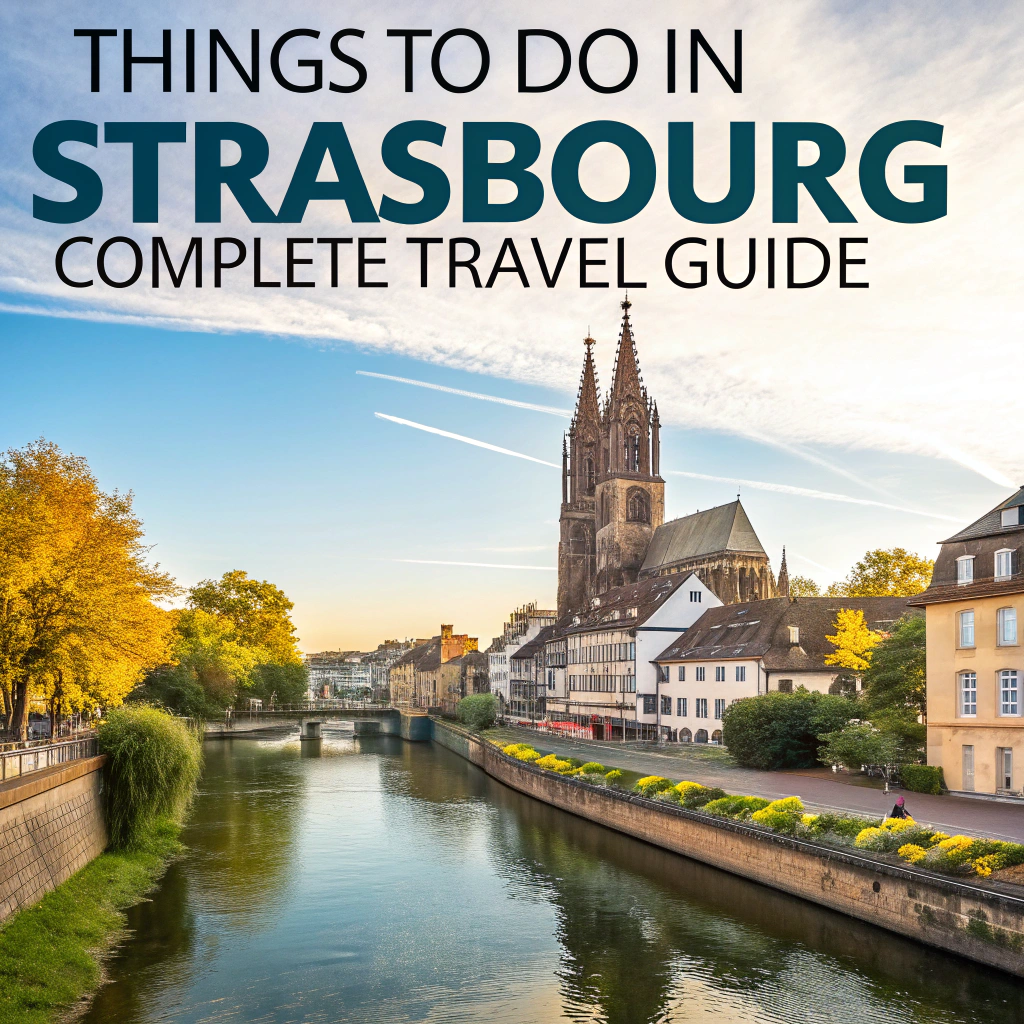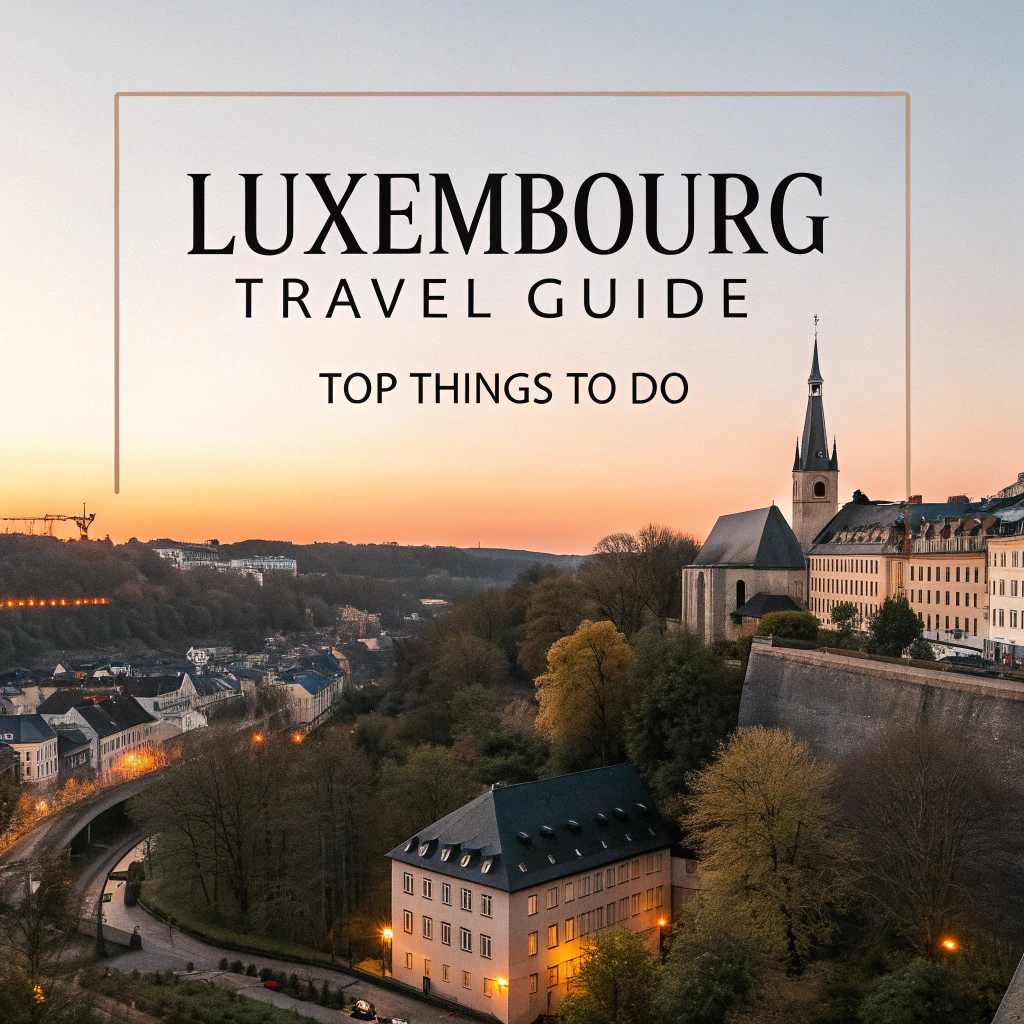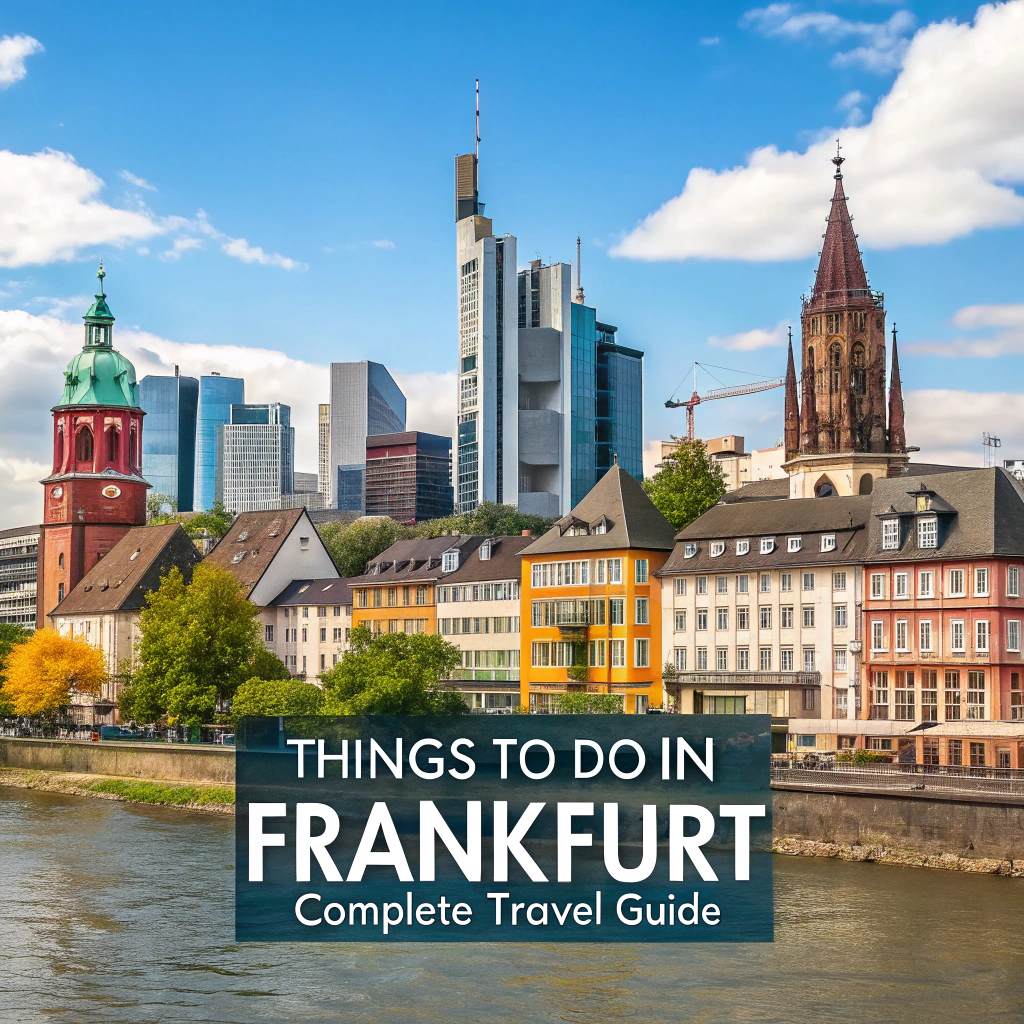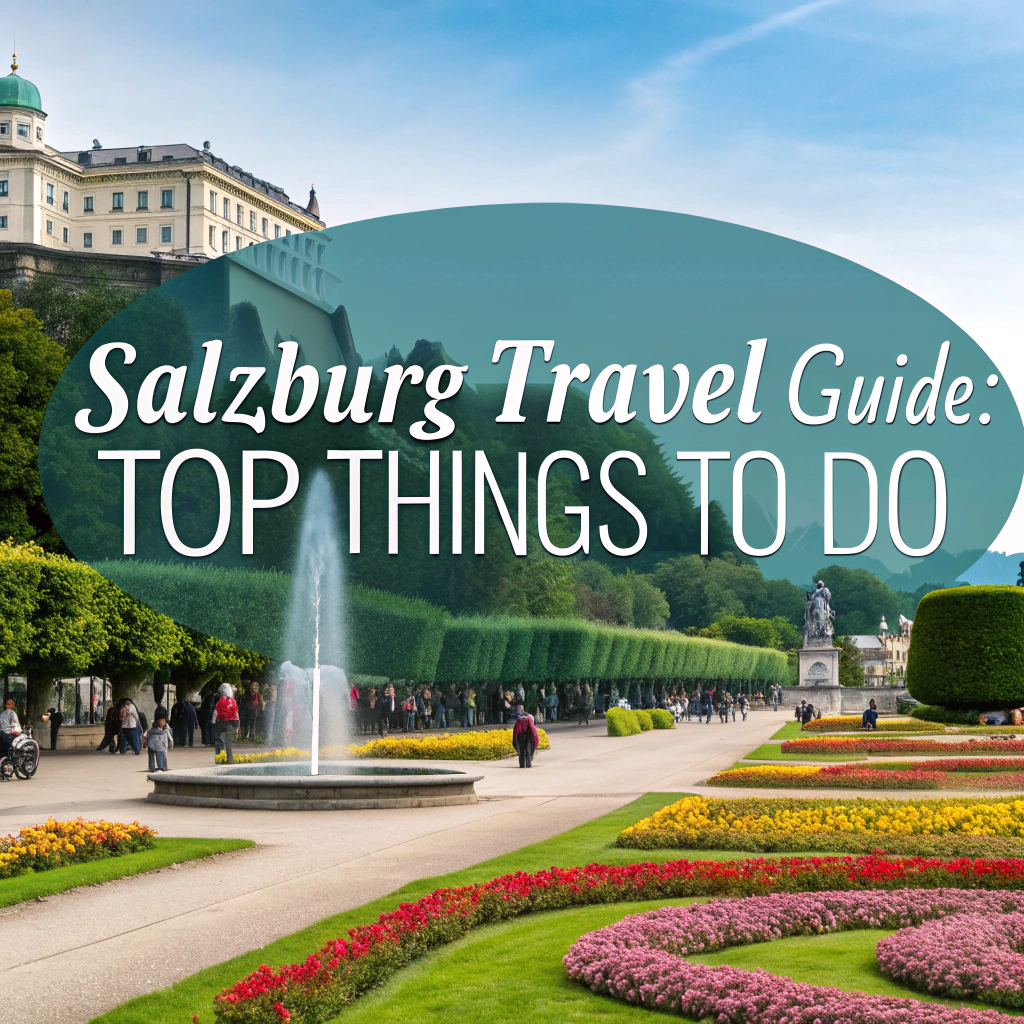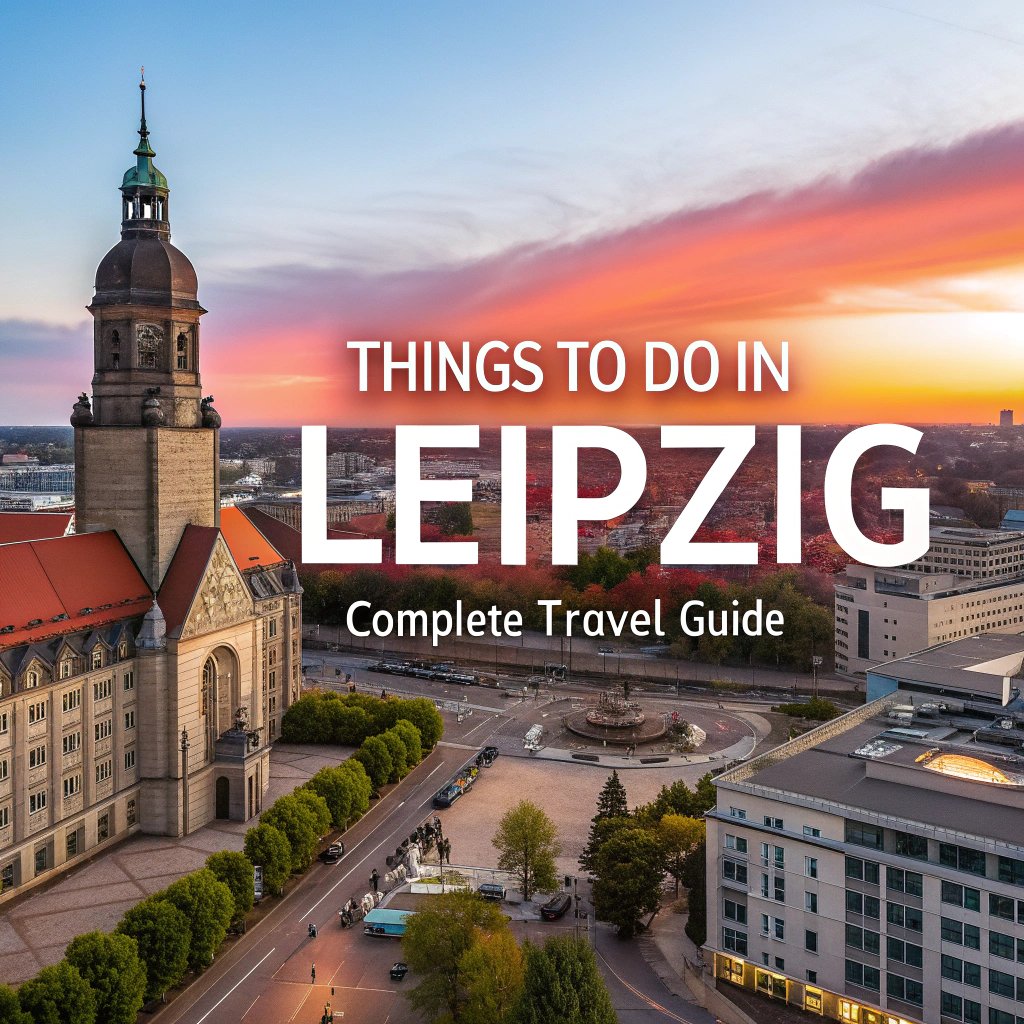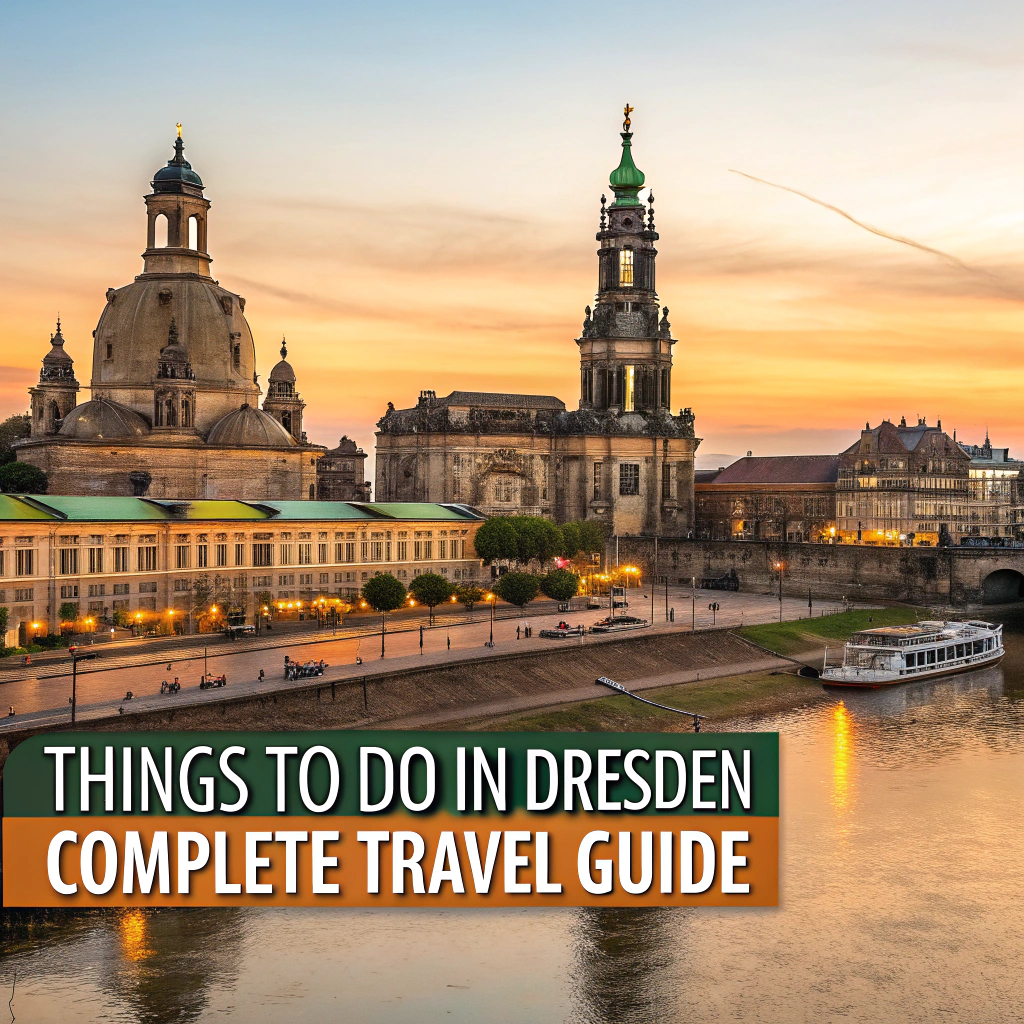Soar Over Boulder: The Ultimate Guide to Paragliding Colorado’s Skies
If you’ve ever stared up at Boulder’s stunning mountains and thought, “Hey, I wonder what that looks like from the sky…” — well, paragliding is your answer. Boulder, Colorado, isn’t just for hikers, climbers, and mountain bikers; it’s also a little slice of heaven for anyone who’s ever dreamed of floating like a bird (without, you know, the whole flapping thing).
In this guide, we’re taking you on a high-flying tour of Boulder’s best paragliding spots, along with some essential tips, fun facts, and a few friendly warnings. By the time you’re done reading, you’ll be ready to strap in, run off a mountain, and enjoy the ride.
Why Boulder is Basically Paragliding Paradise
Let’s start with the obvious: Boulder is gorgeous. But beyond the pretty views, it’s also one of the best places to paraglide for a few very good reasons:
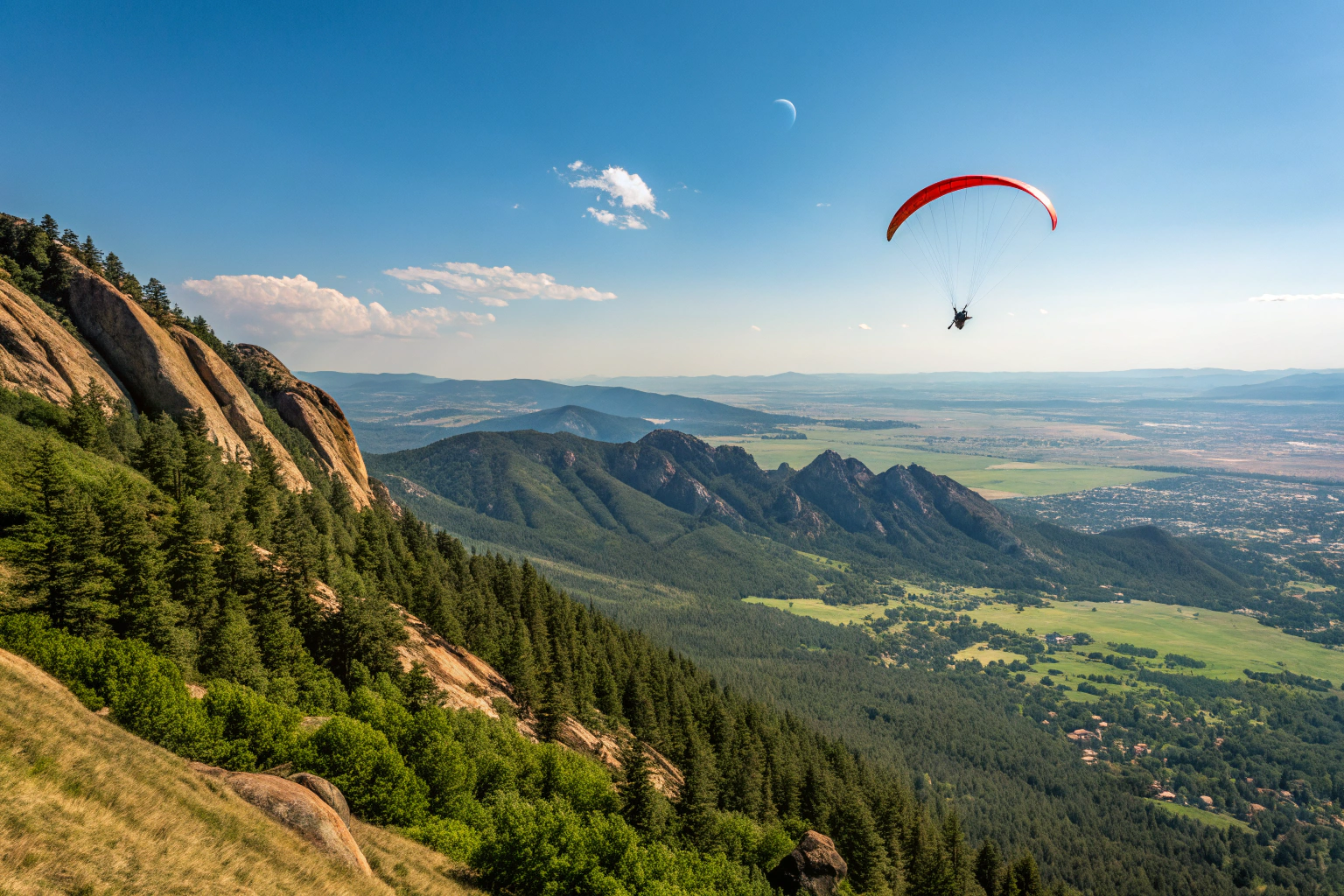
- The geography is perfect: Rolling hills, towering mountains, and wide open valleys create great lift and landing spots.
- The weather cooperates (most of the time): With 300+ days of sunshine and fairly predictable winds, you won’t be waiting around long for good flying conditions.
- The community rocks: Plenty of schools, instructors, and experienced pilots to show you the ropes (or rather, the harnesses).
And best of all, whether you’re a total newbie or a seasoned pro, there’s a launch site in Boulder with your name on it.
The Best Paragliding Spots in Boulder (and a Few Nearby Gems)
1. Wonderland Lake – Beginner’s Best Friend
If you’re new to paragliding, Wonderland Lake is the equivalent of dipping your toes into the shallow end before cannonballing into the deep. It’s calm, beautiful, and perfect for learning.

Why you’ll love it:
- Easy hike to the launch area (your lungs will thank you).
- Wide open landing areas — fewer trees to panic about!
- Gorgeous views of the Flatirons and Boulder cityscape.
Pro tip: The wind here is usually your friend, but always check conditions. Even the calmest sites can get feisty.
2. Mount Sanitas – For When You’re Feeling Brave
Mount Sanitas steps things up a notch. It’s a little steeper, a little higher, and a lot more exciting. If you’ve got a few flights under your belt, Sanitas is your playground.
What to know:
- Higher launch = longer flights.
- Stronger thermals mean more lift (and more thrill).
- Landing zones aren’t as generous — aim carefully!
Warning: Don’t let the stunning views distract you during landing. Trees don’t move.
3. Flagstaff Mountain – The Iconic Flight
If Boulder’s paragliding scene had a crown jewel, Flagstaff Mountain would be wearing it. This spot is beloved by advanced pilots for its excellent thermals, ridge soaring, and epic views.
Highlights:
- Launch from about 7,000 feet up — you’ll feel like royalty.
- Views for days: Boulder Canyon, the Flatirons, and beyond.
- Challenging air conditions that reward skill and confidence.
Not for beginners: Flagstaff can be tricky when winds pick up. Fly with an experienced pilot or instructor your first time here.
Sugarloaf Mountain – The Hidden Gem
Sugarloaf Mountain is where Boulder locals go when they want fewer crowds and more time in the air. It’s a bit more remote, but that’s part of the charm.
Why go here:
- Incredible cross-country potential.
- Quiet, peaceful, and almost meditative.
- Thermals here can keep you aloft for quite a while.
Heads up: You’ll need a 4WD to get close, and a bit of hiking to reach the launch point. Consider it your pre-flight workout.
Lookout Mountain (Golden, CO) – The Nearby Bonus Round
Technically not Boulder, but close enough for a day trip, Lookout Mountain is a favorite for tandem flights and training. It’s also great if you’re looking for a slightly more controlled environment to start flying.
Perks:
- Easy drive-up access.
- Big, forgiving landing areas.
- Plenty of certified instructors ready to take you flying.
Fun fact: It’s called Lookout Mountain for a reason — the views are incredible.
The Best Times to Fly (a.k.a. When You’re Less Likely to Get Blown Away)
While you can technically paraglide year-round in Boulder, let’s be real — nobody likes frozen fingers at 8,000 feet. Here’s your seasonal cheat sheet:
- Spring (April-May): Mild winds, light thermals, and beautiful wildflowers.
- Summer (June-August): Longer flying windows, but watch out for afternoon thunderstorms that show up like uninvited party guests.
- Fall (September-October): Stable air, cooler temps, and jaw-dropping fall colors.
- Winter: Only for the hardcore. Dress like you’re going to Antarctica and bring an experienced buddy.
Rule of thumb: Always check weather reports. Wind is both your friend and your frenemy.
Local Schools and Tandem Flight Options (Because We All Need a Co-Pilot Sometimes)
Airtime Above Paragliding
- Great for tandem flights and scenic tours.
- USHPA-certified instructors.
- Friendly, patient, and good at calming first-time jitters.
Colorado Paragliding
- Full certification courses if you catch the paragliding bug (and you probably will).
- Equipment rentals and sales.
- Excellent beginner training programs.
Rocky Mountain Free Flight
- Advanced instruction, cross-country clinics, and personalized coaching.
- Focused on safety and skill-building.
Pro tip: Tandem flights are the perfect way to test the skies before committing to lessons. Plus, you get to scream in joy (or terror) while someone else does the steering.
Gear You’ll Need (Besides Guts and a Sense of Humor)
If you decide to go beyond tandem flights, you’ll eventually need your own gear. Here’s the basic shopping list:

- Paraglider wing: The fancy fabric that keeps you aloft.
- Harness: Like a comfy flying chair.
- Reserve parachute: Because Plan B is important.
- Helmet: Your brain will thank you.
- Variometer: Tells you if you’re going up or down.
- GPS: Helps you find your way home (or to brag about your distance later).
Budget tip: Many schools offer rental gear while you’re learning, so you don’t have to mortgage your house right away.
Safety First (Because Crashing is the Opposite of Fun)
Let’s get serious for a second — paragliding is generally safe, but only if you follow the rules:
- Know the airspace: Boulder’s close to Denver’s Class B airspace — don’t wander into restricted zones.
- Get certified: The USHPA (United States Hang Gliding & Paragliding Association) is your friend.
- Check the weather: Gusty winds and surprise storms are not your friends.
- Fly with a buddy: It’s more fun and much safer.
- Respect Boulder’s Open Space rules: Don’t disturb the wildlife or fellow hikers.
Be a Good Sky Citizen
Mother Nature’s letting you fly through her living room — try not to trash the place:
- Leave No Trace: Pick up your stuff.
- Respect wildlife: Especially nesting birds (they don’t appreciate surprise visitors).
- Share the space: Hikers, bikers, and other outdoor lovers deserve the same peaceful experience.
More Boulder Adventures (In Case You Need an Adrenaline Break)
Boulder’s not a one-trick pony. After your paragliding session, you can:
- Hike the Royal Arch Trail or Green Mountain.
- Climb the world-class routes in Eldorado Canyon.
- Mountain bike at Betasso Preserve.
- Stroll down Pearl Street for coffee, food, and street performers.
- Relax with a craft beer — you’ve earned it.
Final Thoughts (And a Nudge of Encouragement)
Paragliding in Boulder isn’t just a sport — it’s an unforgettable way to connect with nature, conquer your fears, and enjoy some of the most breathtaking views Colorado has to offer.
So whether you’re dipping your toe in with a tandem flight or working toward your solo license, one thing’s for sure: once you experience that first moment of lift-off, you’ll be hooked. Don’t worry — the ground will still be there when you land.

